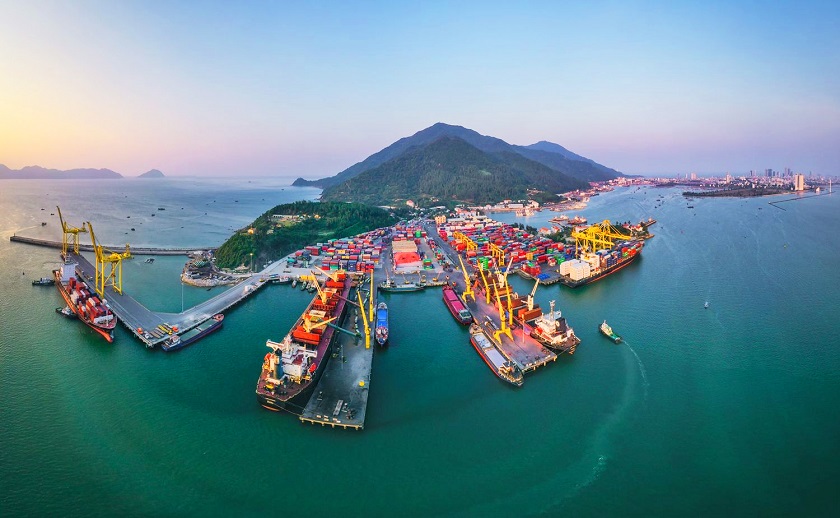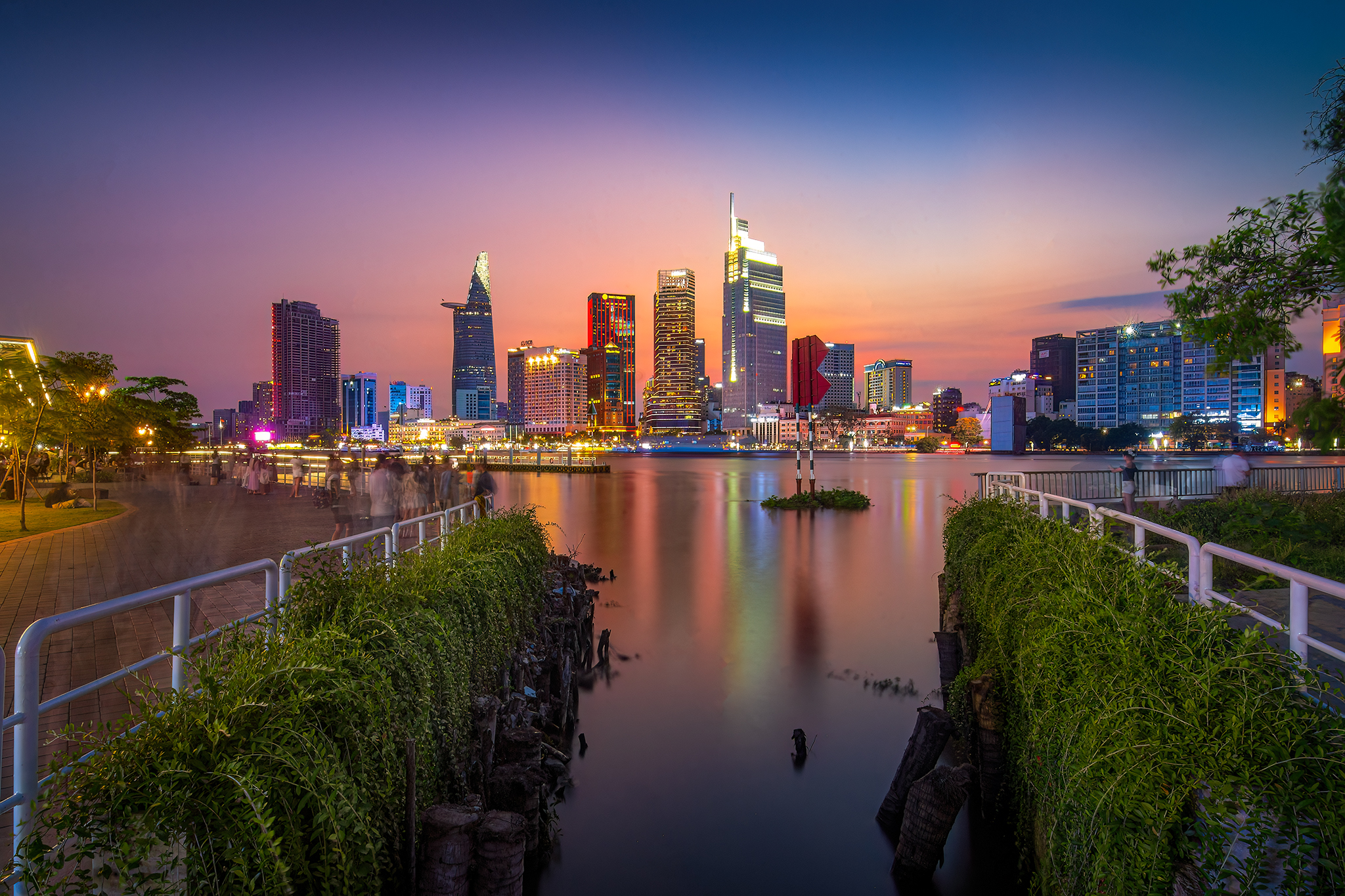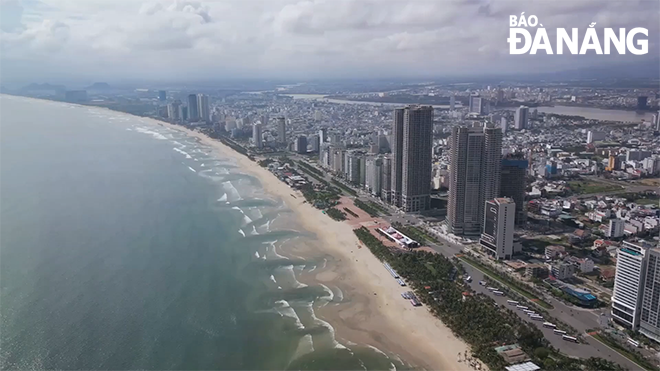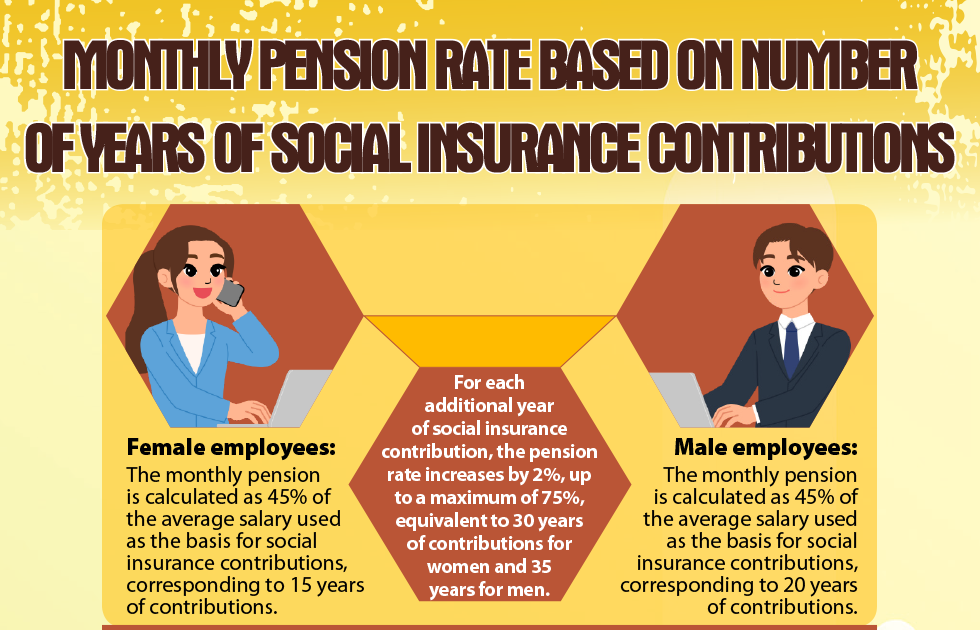What to do to fully tap strengths of East-West Economic Corridor?
The East-West Economic Corridor (EWEC) is 1,450km long, passing through 13 provinces of 4 countries: Myanmar, Thailand, Laos and Viet Nam; starting from the port city of Mawlamyine (Mon state) to the Myawaddy border gate (Kayin state) on the Myanmar-Thailand border, running through seven Thai provinces, through Laos from Savannakhet Province to the Dansavanh border gate entering Viet Nam from the Lao Bao border gate, crossing through Quang Tri, Thua Thien Hue provinces, and the end point is Da Nang.
 |
| Illustrative image. (Photo: DNO) |
EWEC is particularly important in expanding trade with regional and international countries. When connected, EWEC is expected to create conditions to further strengthen economic cooperation, promote trade, investment and development exchanges between countries in the Greater Mekong sub-region, including Laos, Thailand, Myanmar and Viet Nam.
However, over recent years, this economic corridor has not developed commensurate with its potential and advantages. In fact, many businesses are highly concerned about such issues as the traffic infrastructure on the route and the existing problems in taxes, fees, customs clearance. especially the central role of Da Nang as the EWEC’s main gateway to the sea.
Through research, although the city is the end point of the route, the volume of goods through EWEC is still modest. Road transport costs are still high due to many toll stations (accounting for 10-15% of transportation costs on average). Fuel consumption also makes it difficult to attract goods from Laos and Northeast Thailand.
Although there are many advantages of being on EWEC, over the past time, commercial activities between localities in Central Viet Nam, especially Da Nang and localities of Thailand or Laos have not been as expected.
According to the calculation of container truck drivers, it takes up to 28 days for a shipment from Da Nang to Yangon (Myanmar). Such a journey takes a lot of time and costs, especially logistics costs are quite high. Meanwhile, the handling of customs clearance procedures is still quite slow. Many argue that this economic corridor still has a lot of work to do to promote the strengths of linkages, through multi-sectorial integration, to facilitate cross-border trade and investment.
Facing the strong development of the North-South transport axes, EWEC needs to increase the scale of the axis connecting East - West to effectively tap the development potential of the countries along the route.
According to Chairman of the Da Nang Road Cargo Transport Association To Van Hiep, over the past years, Da Nang has made unremitting efforts and actively implemented the goals and orientations to build the city into one of the most important socio-economic centre of Viet Nam and Southeast Asia at large, a marine economic centre that assumes the role of a gateway for forwarding and transporting goods with localities in Southeast Asia and the world as a whole. Along with that, trade connections and the export of goods through EWEC should be promoted.
Da Nang will, therefore, cooperate with other Vietnamese localities to build a complete and modern logistics system in a bid to reduce costs and improve the competitiveness of goods on EWEC connecting with international trade flows in the region in the time ahead.
Reporting by PHUONG UYEN - Translating by A.THU








